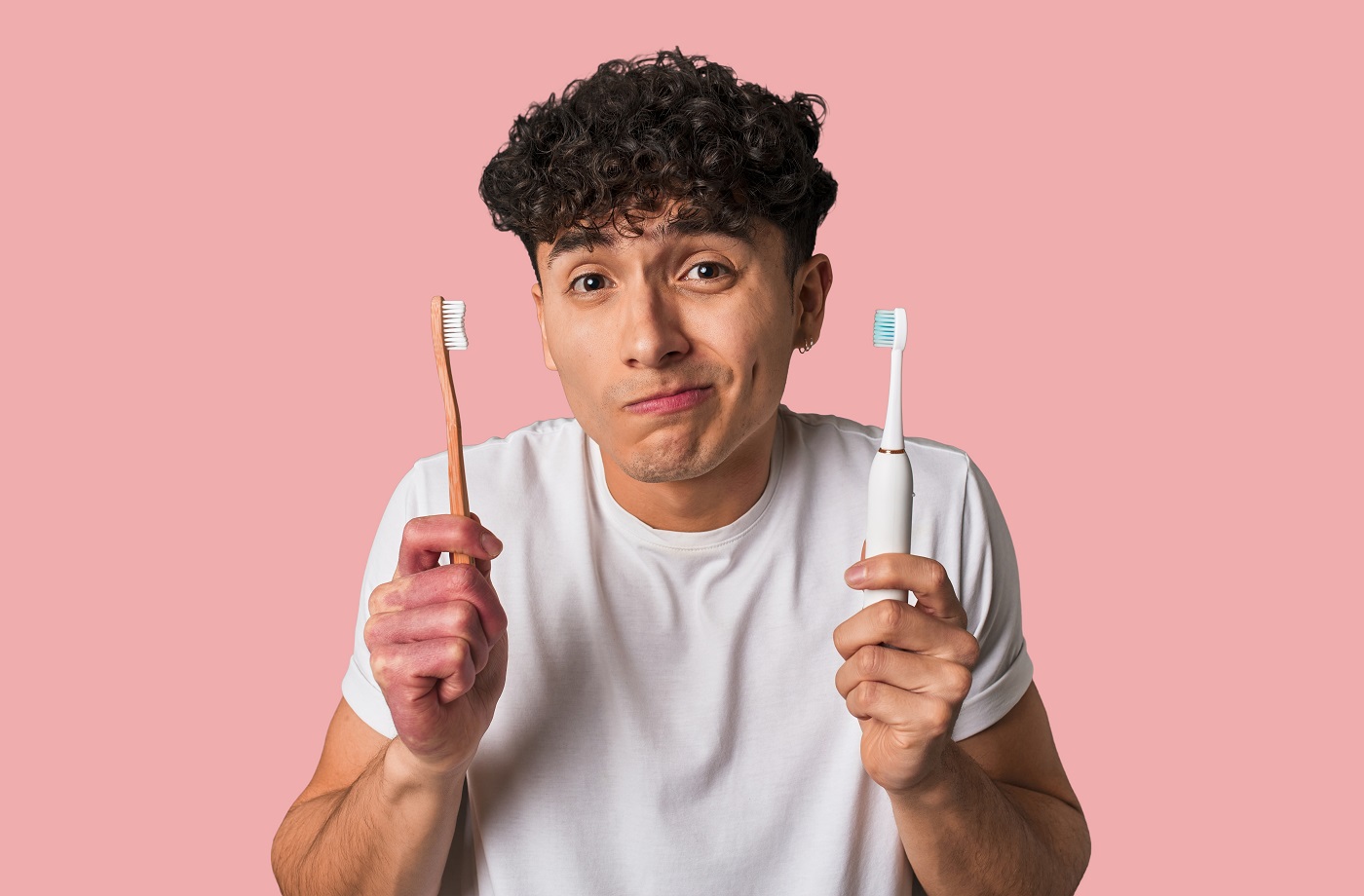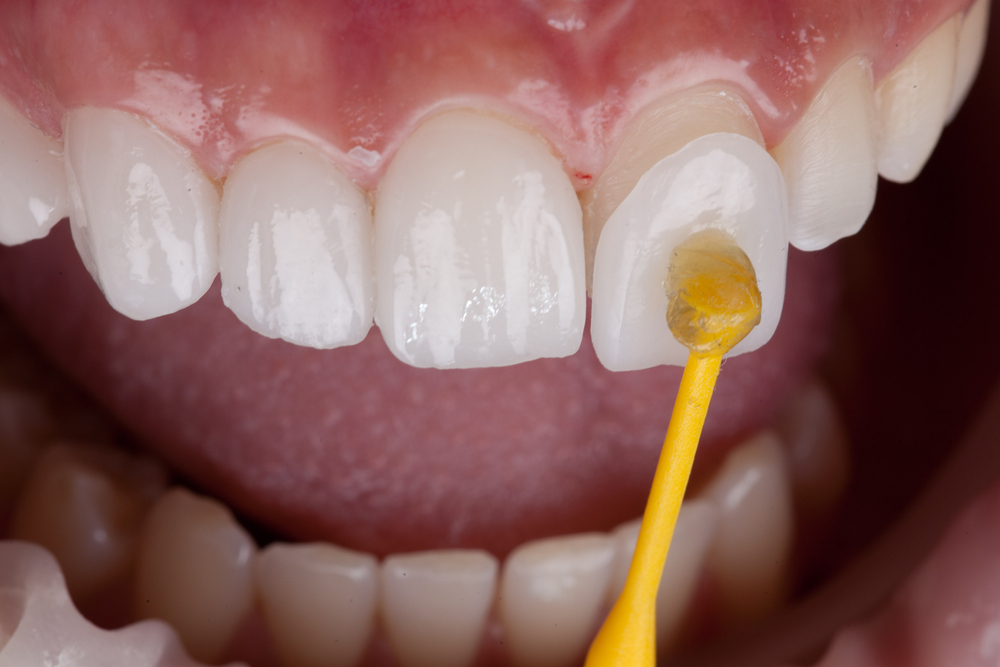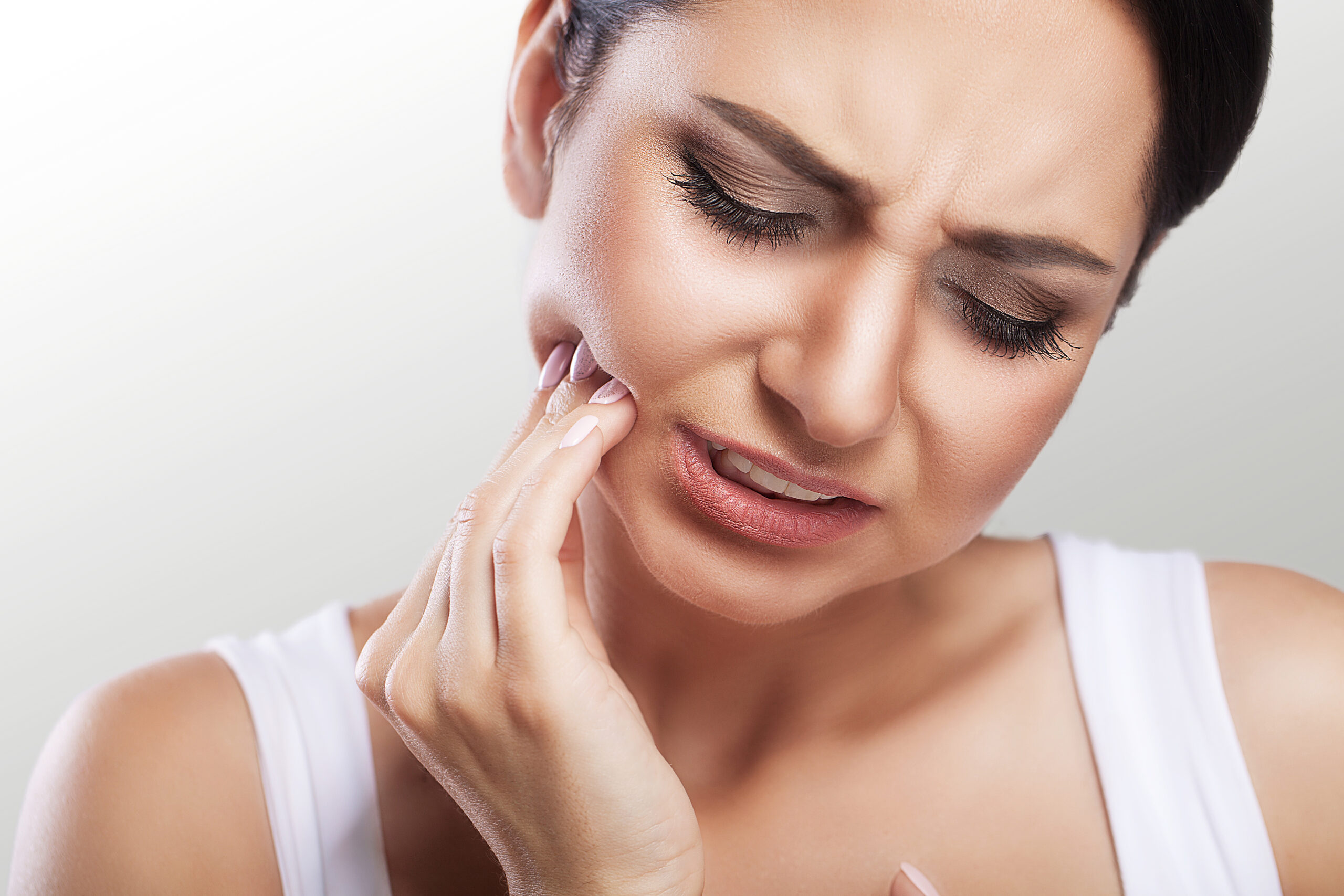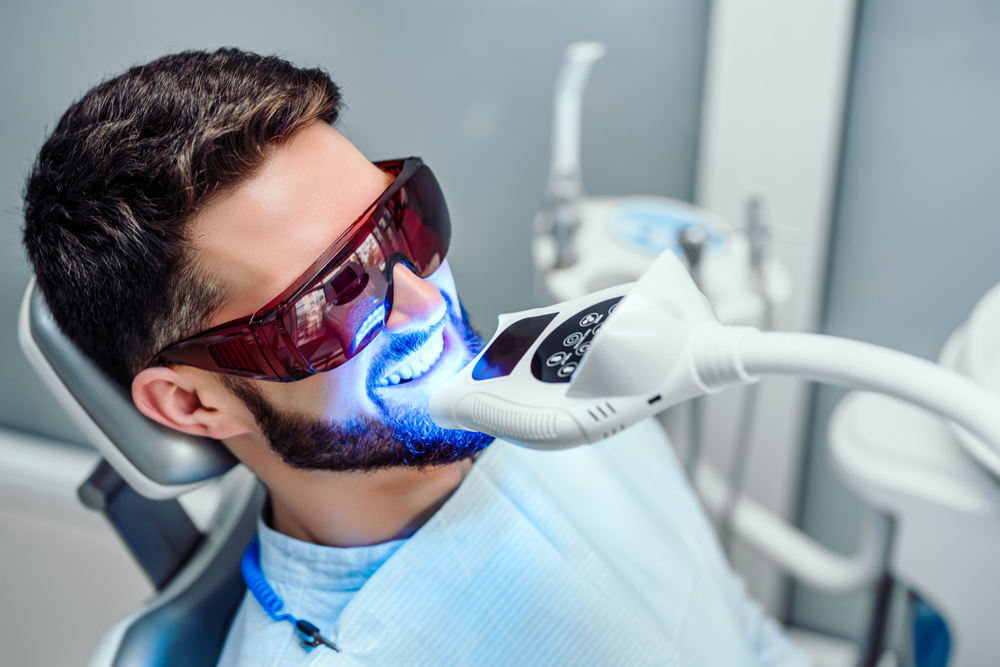Hello there! Dr. Richard Dawson here, from the Smile Science Dental Spa. Today, we’re diving into a topic that might seem simple but is actually quite significant: Choosing the right toothbrush! After all, brushing our teeth is a ritual we repeat at least twice a day, so it’s crucial to ensure we’re doing it right.
The toothbrush you use plays a major role in your oral health. A good toothbrush not only helps you maintain a radiant smile but also keeps cavities and gum diseases at bay. So, grab a cup of coffee, settle in, and let’s embark on a journey to discover the perfect toothbrush for you.
A Closer Look at The Manual Toothbrush
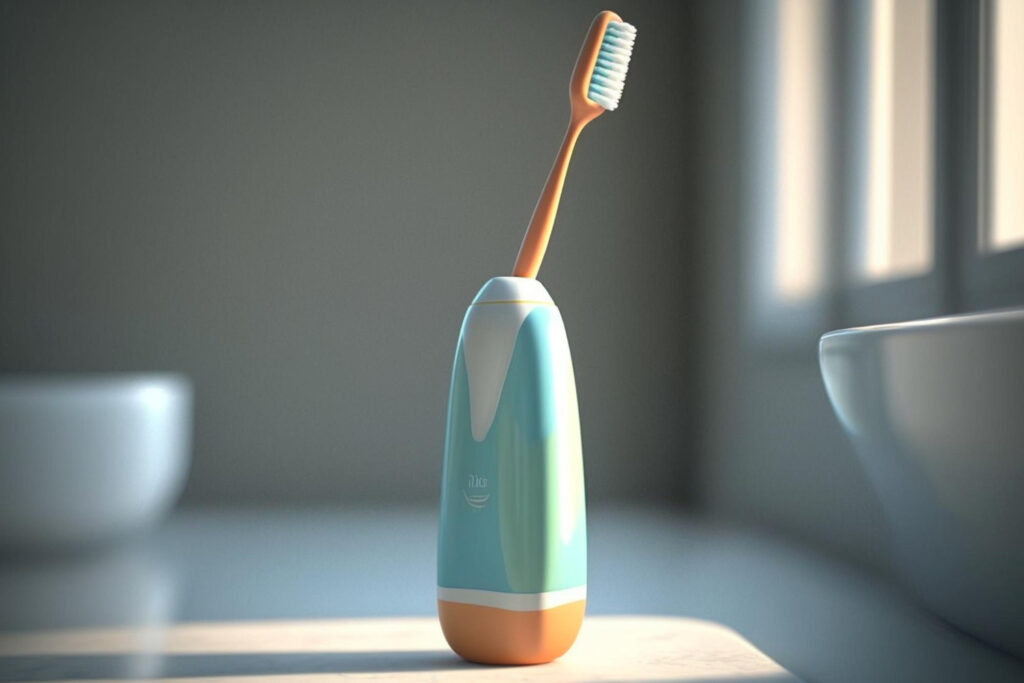
First up in our exploration, we have the humble manual toothbrush. It’s the classic tool we’ve all grown up using, available in a dazzling array of colors, sizes, and bristle types. Manual toothbrushes have their benefits. They’re easy to control, travel-friendly, and don’t require any batteries or charging. Plus, with the sheer variety available, you can choose one that fits your comfort and needs.
One of the key features to consider when selecting a manual toothbrush is bristle hardness. There’s a common misconception that harder bristles clean better. However, dental professionals generally recommend soft-bristle toothbrushes. Why? Because hard bristles can be harsh on your gums and can lead to gum recession over time. Soft bristles are gentle yet effective in cleaning your teeth and along your gum line.
Now, how often should you replace your manual toothbrush? A good rule of thumb is every three to four months, or sooner if the bristles start to fray. Over time, toothbrush bristles wear out and lose their effectiveness in cleaning your teeth properly. Also, remember to change your toothbrush after a cold or flu to avoid reinfection.
Stay tuned as we delve into the world of electric toothbrushes next! Will they outshine their manual counterparts? Let’s find out.
Stepping Up to An Electric Toothbrush
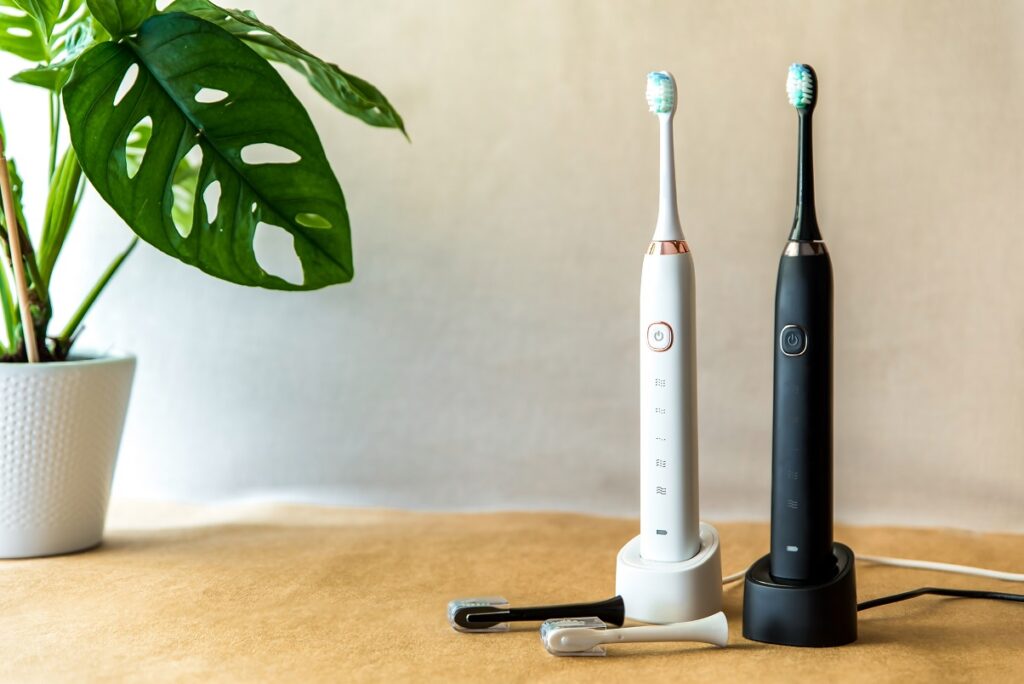
Now, let’s flip the switch and talk about electric toothbrushes. The world of electric toothbrushes might seem a bit complex, with brands like Philips Sonicare, Oral-B, Quip, and many more offering an array of options. Each has unique features, but they all aim to enhance your brushing experience and oral health.
Electric toothbrushes work using a motor that creates rapid, automatic bristle motions, either back-and-forth oscillation or rotation-oscillation, to help remove plaque. These high-tech brushes are popular for a reason. For starters, they can make brushing easier, especially for folks with mobility issues. They also often come with built-in timers to ensure you’re brushing for the dentist-recommended two minutes.
But what about maintenance and longevity? Generally, electric toothbrushes are designed to last. However, the brush heads, like their manual counterparts, need replacing every three to four months or sooner if they show signs of wear. Most models give you a signal when it’s time for a new brush head, either through bristles that fade in color or a short stutter in their vibration every 20 seconds.
Brushing Techniques: Manual vs Electric
Brushing your teeth may seem straightforward, but the technique varies between manual and electric brushes, impacting their effectiveness.
With a manual toothbrush, you’re doing all the work. The recommended technique is to hold the brush at a 45-degree angle to your gums and gently move the brush back and forth in short, tooth-wide strokes. It’s essential to brush all surfaces of your teeth – outer, inner, and chewing surfaces. This is called the Modified Bass technique.
In contrast, an electric toothbrush does most of the work for you. Simply guide it along the surfaces of your teeth, and let it do its thing! Don’t scrub like you would with a manual brush, as the movements of the electric brush are designed to clean effectively.
Whether you’re using a manual or an electric brush, it’s crucial to brush twice a day for two minutes each time and not to rush the process. After all, thorough brushing is key to maintaining good dental health and a beautiful smile!
The Verdict: Manual or Electric
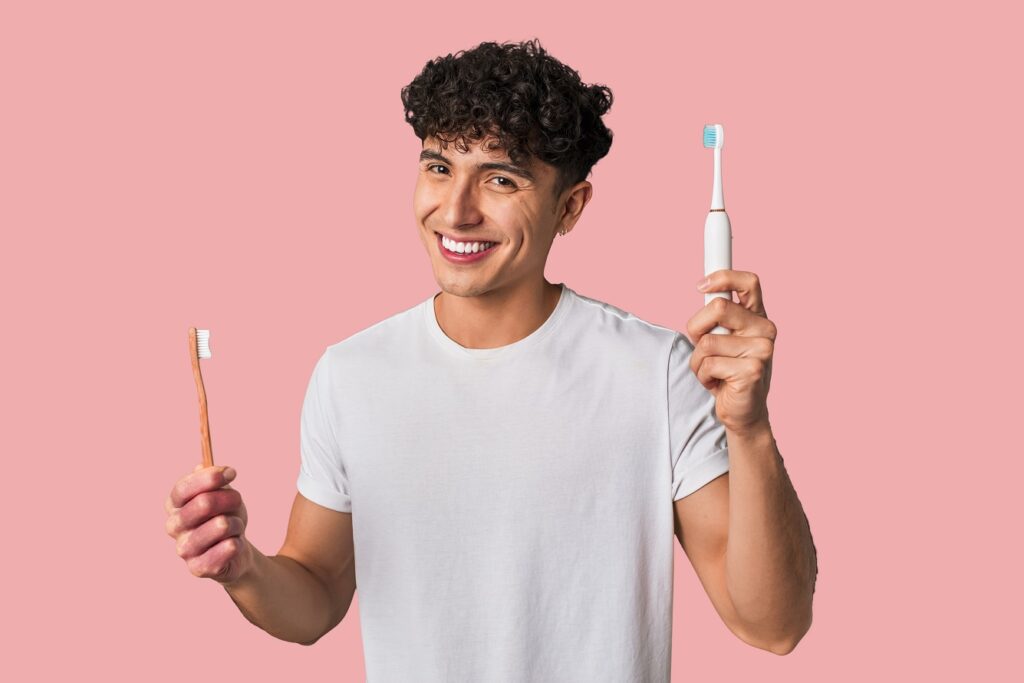
So, the million-dollar question: manual or electric, which one is better? The truth is, both have their advantages and are effective when used correctly.
When it comes to efficacy, electric toothbrushes have a slight edge, with some research suggesting they remove more plaque. They’re also easier for people with limited mobility, like arthritis patients, to use.
In terms of cost, manual toothbrushes are undeniably more affordable. Electric toothbrushes can be pricey, but they’re an investment in your dental health. Consider the features you need before purchasing an electric toothbrush to ensure it’s cost-effective for you.
Where to Buy Your Toothbrush: Dentist or Retailer?
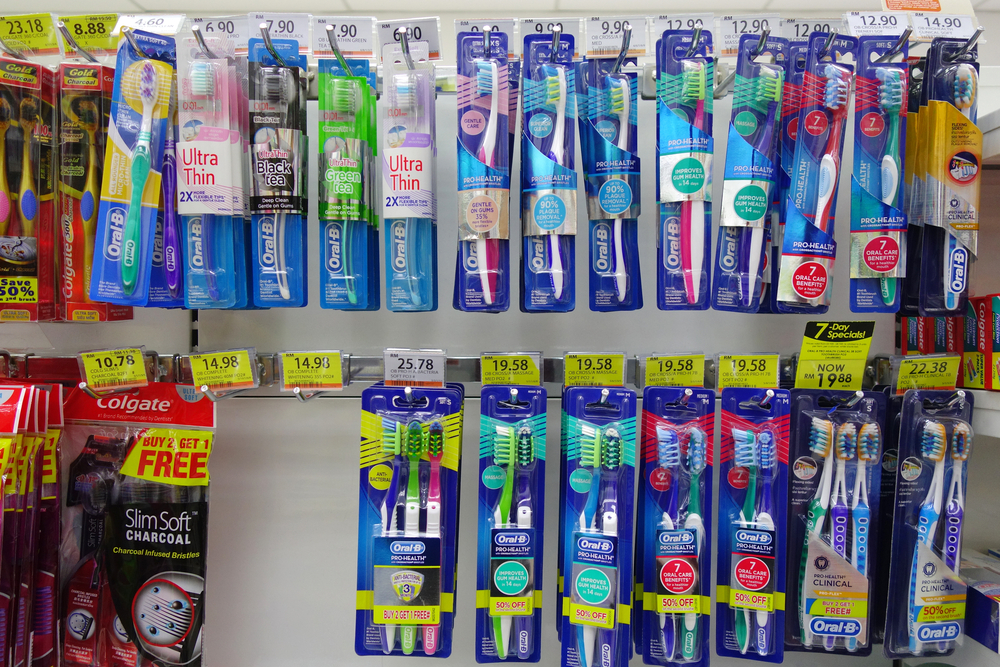
Next, where should you buy your toothbrush? Both dentists and retailers offer a variety of options.
Purchasing from your dentist has the advantage of expert advice. Your dentist can guide you to the right toothbrush based on your individual needs. Also, dentists often get models that are not available at retailers, and are usually able to sell toothbrushes at a lower cost as well. However, the selection might not be as broad as at a retailer.
With retailers, you not only have access to a vast range of brands and types of toothbrushes, you can also read reviews before purchasing. However, you won’t have personalized advice from your dental team. If cost and advice matter to you, then purchasing from your dentist may be your best option. If you prefer variety and access to product reviews, then purchasing from a retailer might make more sense.
Conclusion
In conclusion, the right toothbrush for you depends on your personal preference, lifestyle, comfort, and budget. Whether you choose manual or electric, the key is to use it correctly and maintain regular brushing habits. More important than the kind of toothbrush you use is how often you brush your teeth. Brushing once daily with an electric toothbrush will not be as effective as brushing twice daily with a manual brush.
Remember, your toothbrush is your primary tool in maintaining oral hygiene, but don’t forget the importance of regular dental checkups. We’re here at Smile Science Dental Spa in Glendale, AZ, to help you maintain that dazzling smile. Keep brushing and keep smiling!
Citations and Further Reading
- Powered versus manual toothbrushing for oral health
- A comparison of the efficacy of powered and manual toothbrushes in controlling plaque and gingivitis: a clinical study
- Comparison of the effectiveness between power toothbrushes and manual toothbrushes for oral health: a systematic review and meta-analysis
- Oral cleanliness in daily users of powered vs. manual toothbrushes – a cross-sectional study


